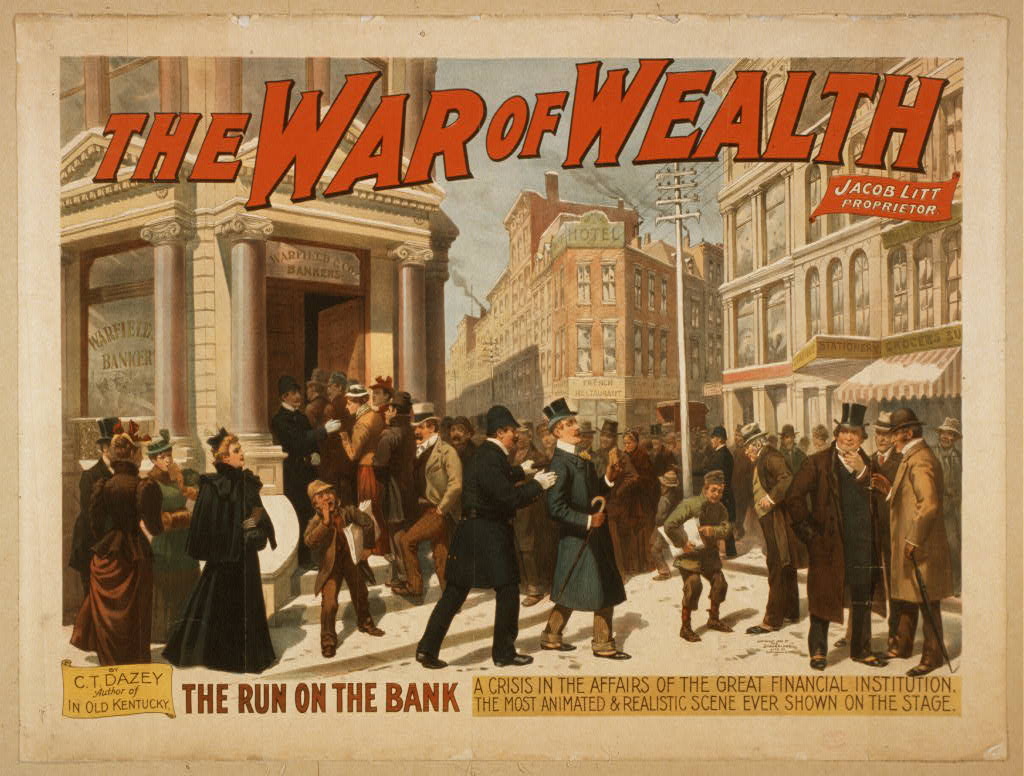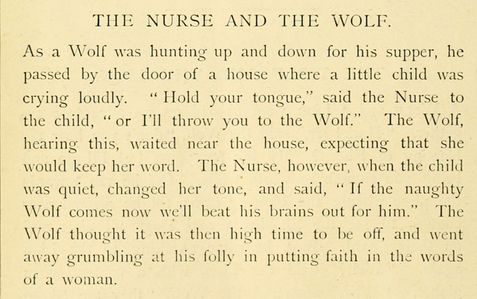Research can often be a daunting task for educators. The time it takes to dive deep into a subject to find the perfect primary sources and contextual background is hard to come by. For this Teacher Tip, I wanted to provide some tips for selecting primary sources for elementary students.
Be sure that the primary source includes:
- a date of creation or publication is easily identifiable
- the original format is evident (such as a page from a book, poster, or newspaper article)
- the author’s name is on the document
- handwriting or typography is legible and decodable
- the content of the primary source can be easily placed in a time period familiar to the students
- the facsimile of the primary source is clear and has a high resolution
- Kindergarten: Introduce artifacts, photographs, song recordings, and other sources without text. Connect the primary source to the students themselves by making observations and basic comparisons.
- Grades 1-2: Introduce diary entries, drawings, simple maps, and menus. Expand primary source connects to their families by observing, analyzing, and comparing.
- Grades 3-4: Introduce newspapers, letters, charts, and propaganda posters. Further expand connects to community and local region by inviting students to discern point of view and bias.
- Grades 5-6: Introduce more complex historical documents (eg the Declaration of Independence) and maps. Connect primary sources to the nation by comparing drafts to final versions, multiple points of view and bias to synthesize learning and constructing new knowledge.
- Check out this Assessment activity from the Stanford History Education Group that uses this image in analysis.





